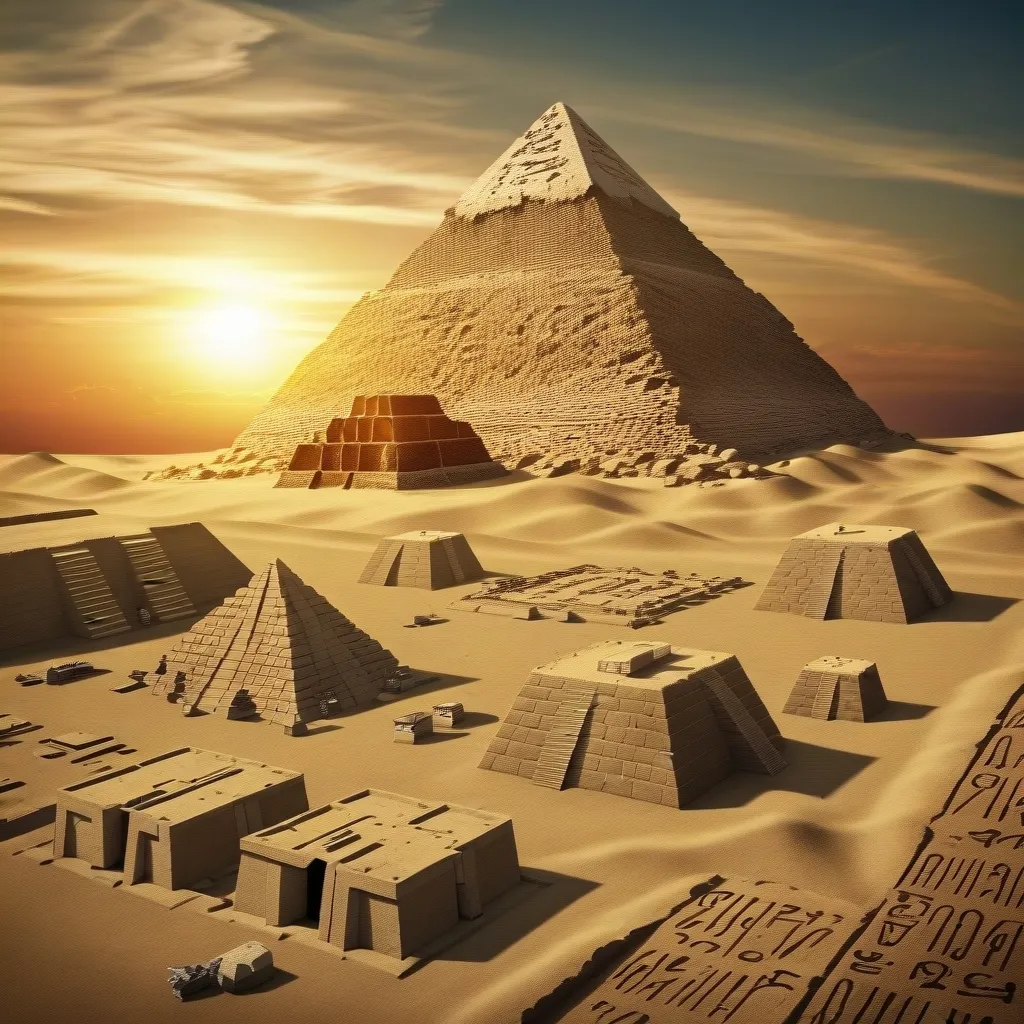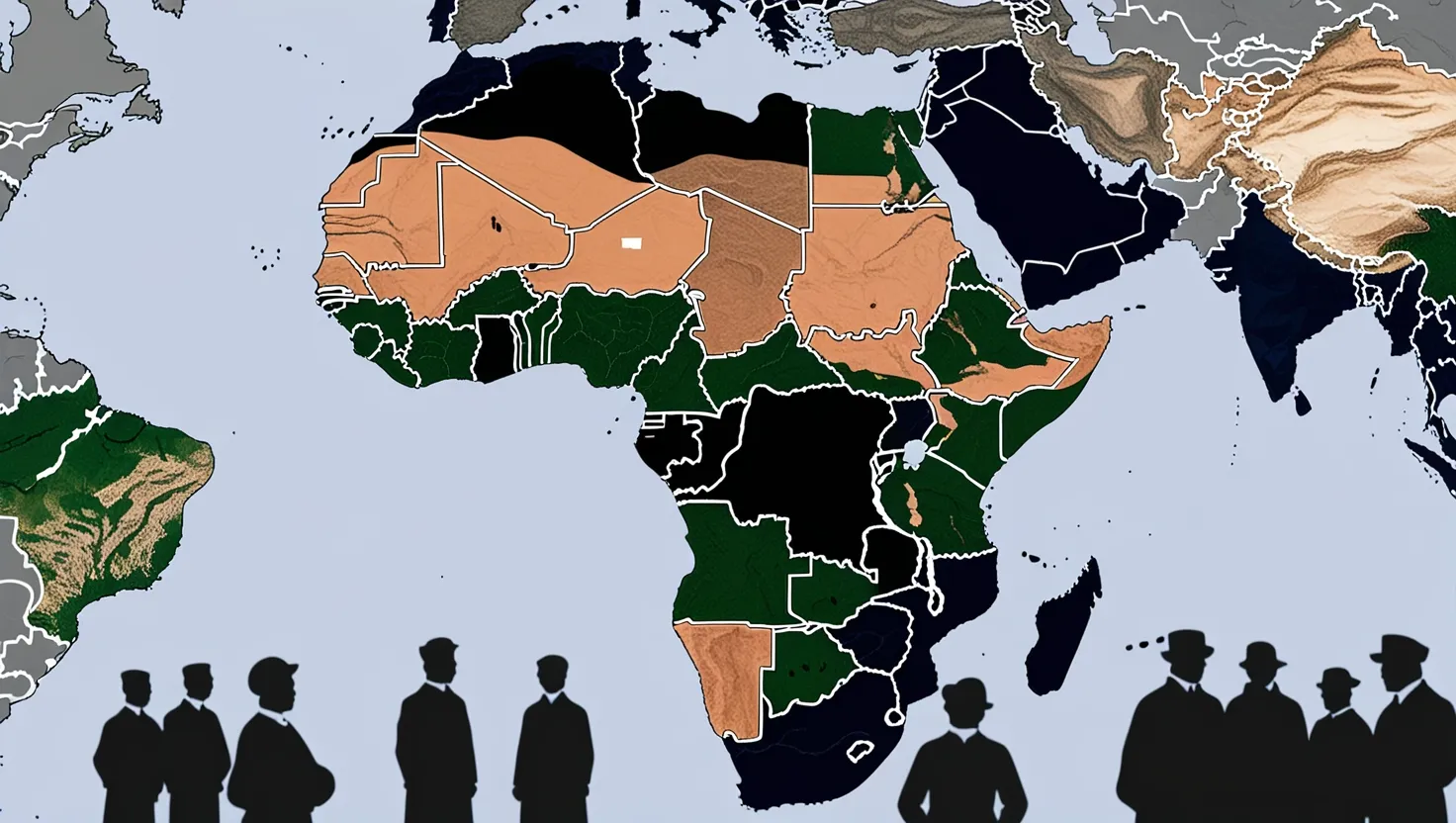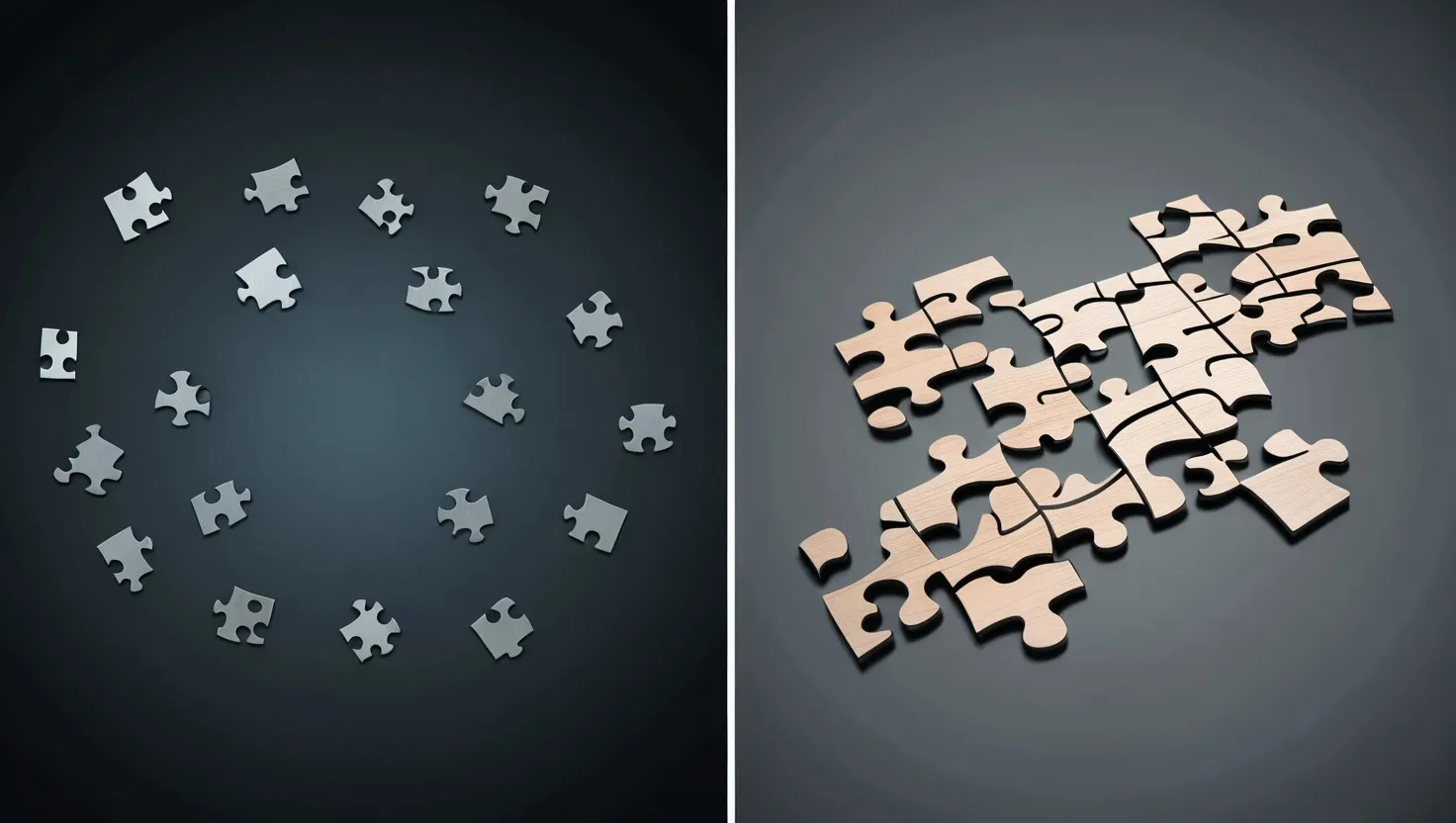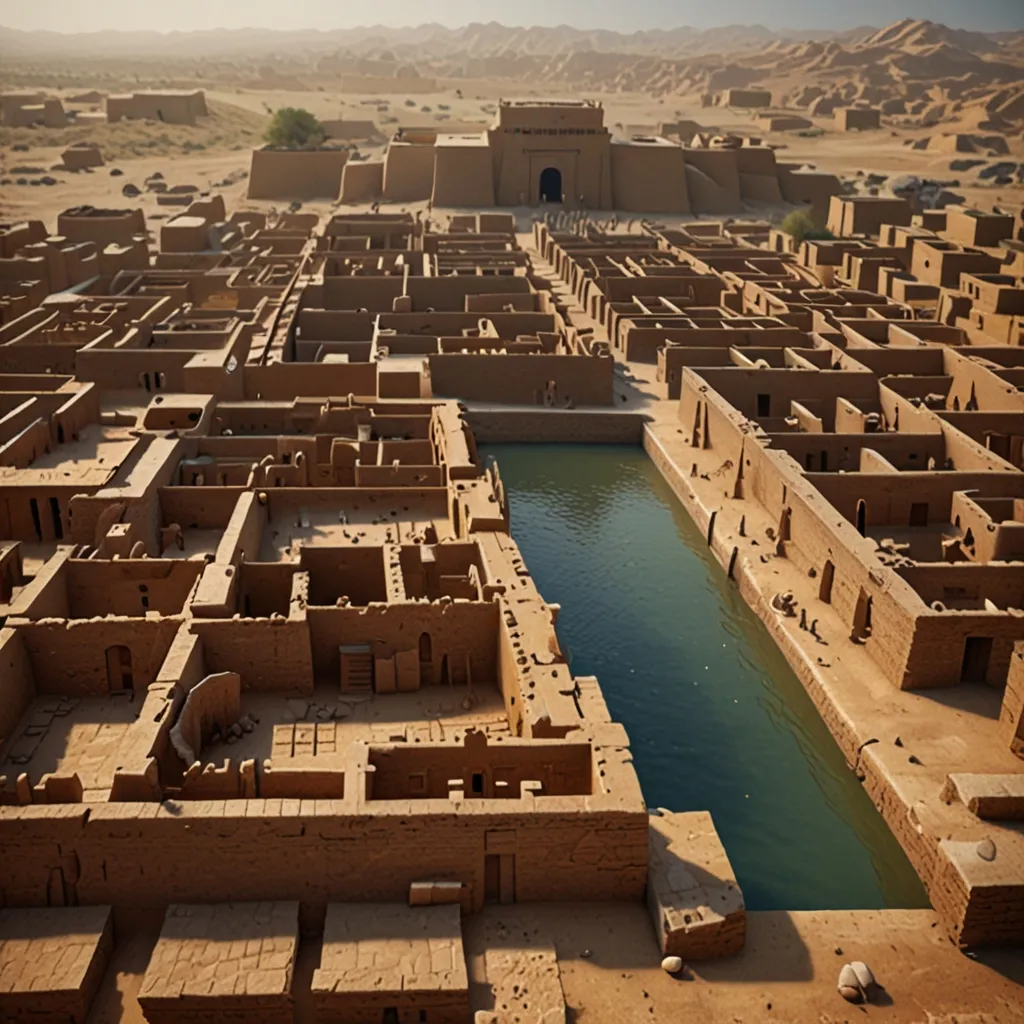Egypt’s Hidden Treasures: Unveiling Ancient Secrets
Hey there, history buffs and Indiana Jones wannabes! Buckle up, ‘cause we’re about to take a wild ride through Egypt’s latest archaeological discoveries. Trust me, this stuff is cooler than a mummy’s tomb on a hot desert day.
So, picture this: You’re wandering through the sands of Egypt, and BAM! You stumble upon a 52-foot-long papyrus scroll. No, it’s not your CVS receipt – it’s an ancient Book of the Dead! This bad boy was found chilling in a coffin near the Step Pyramid of Djoser at Saqqara. Talk about a long read, huh? This isn’t just any old papyrus; it’s the first complete one found at Saqqara in over a century. Imagine the ancient Egyptian equivalent of finding a mint condition first edition Harry Potter under your bed!
Now, let’s zip over to Luxor. Archaeologists there have hit the jackpot – a 3,000-year-old lost city! This isn’t just some ruins; we’re talking about a whole city that’s been playing the world’s longest game of hide-and-seek. It’s like they found the ancient Egyptian version of Atlantis, but on land. This place is so well-preserved, you’d think the residents just popped out for a quick pyramid tour and never came back.
But wait, there’s more! Remember how we all scratched our heads wondering how those massive pyramid stones were moved? Well, hold onto your hieroglyphics because scientists have discovered a hidden branch of the Nile! This isn’t just any old creek; we’re talking about a 40-mile-long water highway that was the ancient Egyptian equivalent of the Interstate. It’s like finding out your backyard used to be a superhighway for pharaohs.
And if you thought that was cool, get this: archaeologists have unearthed a 4,500-year-old tomb at Saqqara. This isn’t your average grave; it’s like a time capsule spanning different dynasties. We’re talking everything from Second Dynasty kid burials to fancy alabaster vessels from the 18th Dynasty. It’s like the ancient Egyptians were playing archaeological Jenga, stacking different eras on top of each other.
But hold up, we’re not done yet! In the Nile Delta, they’ve struck gold – literally! They’ve found a treasure trove from Egypt’s last dynasty, the Ptolemaic period. We’re talking gold pieces, jewelry, and coins that make your piggy bank look sad. These folks were buried with gold foil figures to serve them in the afterlife. Talk about taking “you can’t take it with you” to a whole new level!
Now, you might be thinking, “Cool story, bro, but why should I care about some old stuff?” Well, let me tell you, this isn’t just about dusty relics and fancy gold trinkets. These discoveries are like finding missing pieces of a giant, ancient puzzle. They’re helping us understand how people lived, worked, and even partied thousands of years ago.
Take that lost city in Luxor, for example. It’s not just a bunch of old buildings; it’s a snapshot of daily life in ancient Egypt. Imagine walking down those streets, seeing pots neatly stacked like they were in an ancient IKEA. You can almost hear the gossip at the ancient water cooler (or whatever they had back then).
And that hidden Nile branch? It’s not just about water; it’s about solving one of history’s biggest “How’d they do that?” moments. Picture massive stone blocks floating down this river, with ancient Egyptian engineers high-fiving each other for their genius idea. It’s like discovering that the pyramids had a secret subway system all along.
These discoveries aren’t just changing what we know about ancient Egypt; they’re changing how we think about our own history. It’s like finding out your great-great-great (add a few more greats) grandparents were way cooler than you thought. They weren’t just building pyramids and wrapping mummies; they were creating complex societies, solving engineering problems, and leaving behind mysteries for us to solve thousands of years later.
And let’s not forget the human side of all this. That 52-foot papyrus? Someone spent hours carefully writing that, believing it would guide a soul through the afterlife. The gold trinkets in those tombs? They represent hopes, beliefs, and a desire to carry something of this world into the next. It’s a reminder that despite the millennia between us, we’re not so different from those ancient Egyptians. We all want to leave our mark, to be remembered, to matter.
These discoveries also show us how resilient history can be. Think about it – that lost city of Luxor was just sitting there, waiting to be found for 3,000 years. It’s like the world’s longest game of hide and seek, and we’re just now saying “Found you!” It makes you wonder what else might be out there, just waiting to be discovered.
And here’s a mind-bender for you: every time we make one of these discoveries, we’re not just learning about the past – we’re changing our future. How? Well, each new find reshapes our understanding of human history. It’s like we’re time travelers, piecing together clues from the past to build a better picture of who we are and where we came from.
So, next time you hear about some new archaeological find in Egypt, don’t just think “Oh, cool, more old stuff.” Think about the stories behind those artifacts. Imagine the people who made them, used them, treasured them. Think about how those ancient lives connect to yours.
Who knows? Maybe someday, thousands of years from now, future archaeologists will be digging up our cities, trying to figure out what the heck a “smartphone” was or why we were so obsessed with cat videos. They’ll be piecing together our stories, just like we’re piecing together the stories of ancient Egypt.
In the end, that’s what these discoveries are all about – stories. Stories of human ingenuity, of belief, of life and death. Stories that connect us across thousands of years. Stories that remind us that no matter how much time passes, we’re all part of the same human story.
So, keep your eyes peeled for the next big Egyptian discovery. Who knows? Maybe you’ll be the one to stumble upon the next ancient treasure. Just remember to bring a hat and sunscreen – those Egyptian deserts are no joke!






